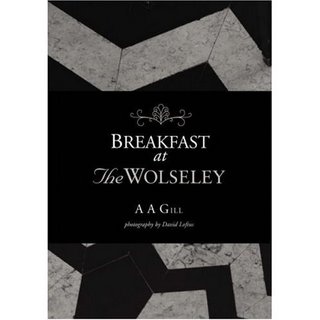Why is rye flour so tricky to get your hands on in the UK? I’ve been craving rye bread ever since we were in Finland, and ended up sending away to Shipton Mill in Gloucestershire, where you’ll find some extraordinary speciality flours. How about mucking around with some Swiss dark flour, organic chestnut flour or something called Emmer wholemeal – an ancestor of modern wheat? There are eight white flours alone, including a specialist cake flour, a French white flour especially for baguettes and an Italian variety for ciabatta. Shipton Mill is fantastic for baking nerds.
I ordered a few kilos of flour, including some dark rye. I’ve not handled rye flour before, so I’ve started here with a relatively easy recipe (no sourdough starters, which need feeding for days), where the rye flour is supported by some strong white wheat flour. The gluten in rye is more fragile than wheat gluten, so you’ll need to treat the bread dough a little more gently than you might with a loaf made entirely from wheat. The beer and brown sugar give the bread a lovely malty quality, and we really enjoyed it with some smoked salmon, capers, diced shallot and crème fraîche. To make two loaves you’ll need:
375 ml beer (use something with some bite – I used an English bitter)
125 ml water
5 tablespoons softened butter
1 tablespoon soft brown sugar
1 teaspoon salt
200g dark rye flour
350g-400g strong white bread flour
1 pack instant yeast
Melt the butter and heat the beer and water together until they are lukewarm. They should be around body temperature – test the liquid on the inside of your wrist. Stir two tablespoons of the butter, the sugar and the salt into the beer and water mixture until the sugar and salt are dissolved.
Sift the rye flour and instant yeast into a large bowl, and add the lukewarm liquid to the bowl, beating with a wooden spoon until the mixture is smooth. Add the strong white bread flour to the bowl a handful at a time, stirring all the time, until you have a soft dough. (You may find you do not need as much as 400g of flour to achieve a soft dough; you will probably need somewhere between 350g and 400g.) Make the dough into a ball and leave in the bowl, covered with a damp tea towel, for 15 minutes. This will help the gluten develop.
When the dough has rested for 15 minutes, knead it for five minutes. (This is less kneading than you would require with an all-wheat bread.) The dough should be soft and no longer sticky. Coat the inside of another large bowl with another tablespoon of butter and put the ball of kneaded dough into it, covering the dough ball with a tablespoon of softened butter too. Cover the bowl with the damp tea towel and leave in a warm (not hot) place for two hours to allow the dough to rise.
After two hours, punch the dough down and knead it gently for one minute. Divide the dough into two and form it into two round, flat loaves on baking sheets covered with greaseproof paper. Allow the bread to rise in a warm place again, this time uncovered, for forty minutes, while you heat the oven to 190° C (375° F). When the loaves have risen, drag a serrated knife across the tops to make a pattern.
Bake the loaves for around 45 minutes (start checking them from about 35 minutes in) until they are golden on top and sound hollow when you knock on the bottom. Glaze the loaves with the rest of the butter, melted. This bread is delicious served while it is still warm, but will keep for a few days in the bread crock.

